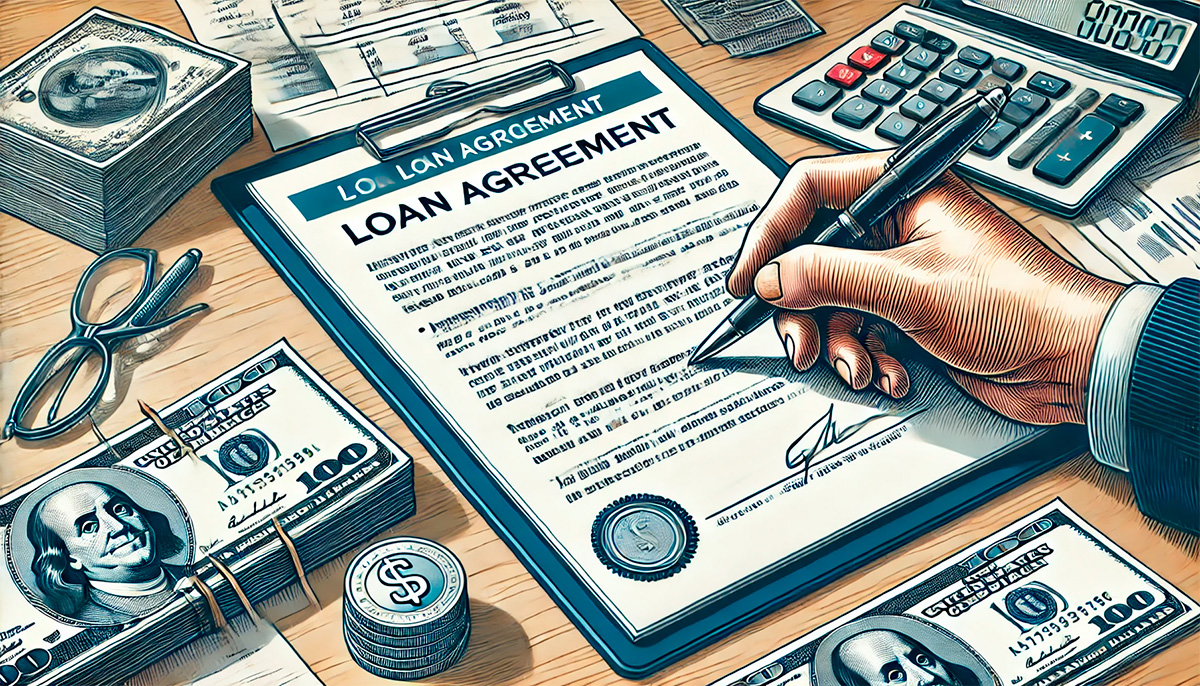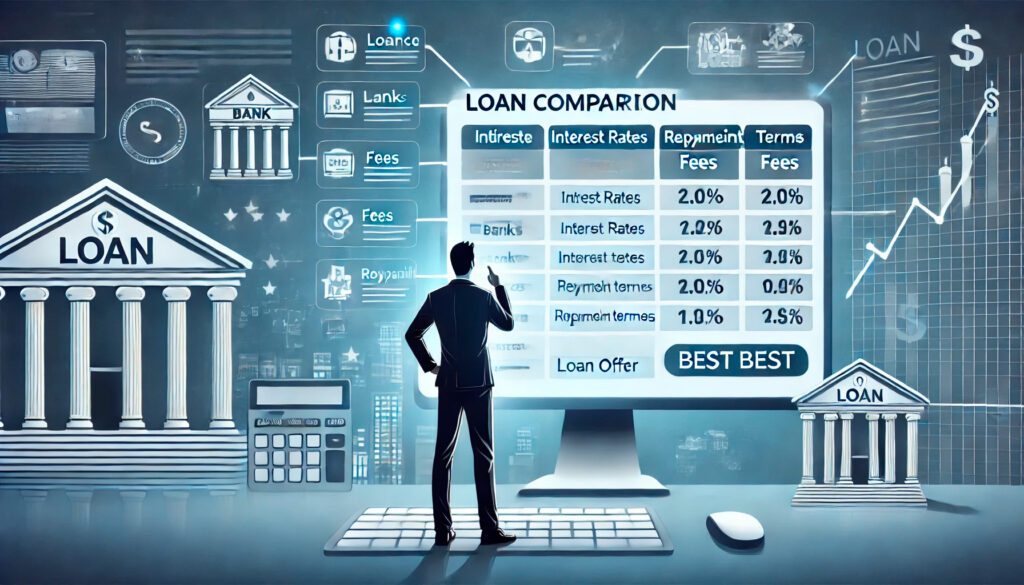When it comes to borrowing money, the allure of immediate funds can often overshadow the long-term implications of a loan. Many borrowers focus solely on the monthly payments or the interest rate advertised by lenders, only to find themselves surprised by the total cost of the loan once all is said and done. Understanding how to calculate the total cost of a loan, including the effective rate and hidden fees, is not just a matter of financial literacy—it’s a necessity for anyone who wants to make informed decisions and avoid unpleasant surprises.
At first glance, loans may seem straightforward: you borrow a sum of money and agree to pay it back with interest over a set period. However, the devil, as they say, is in the details. The true cost of a loan extends far beyond the principal amount and the nominal interest rate. It encompasses a variety of factors, including fees, the frequency of payments, and the compounding of interest. To truly grasp how much a loan will cost you, you need to delve into the concepts of the effective interest rate and the often-overlooked hidden fees.
The Effective Interest Rate: A Closer Look
The effective interest rate, also known as the annual equivalent rate (AER) or the annual percentage yield (APY), is a critical metric that reflects the true cost of borrowing. Unlike the nominal interest rate, which is the stated rate on the loan, the effective interest rate takes into account the compounding of interest over time. Compounding refers to the process where interest is calculated not only on the initial principal but also on any accumulated interest from previous periods.
For example, if you take out a loan with a nominal interest rate of 5% compounded monthly, the effective interest rate will be higher than 5% because interest is being added to the principal each month, and subsequent interest calculations are based on this growing amount. To calculate the effective interest rate, you can use the following formula:
Effective Interest Rate = (1 + (Nominal Interest Rate / Number of Compounding Periods)) ^ Number of Compounding Periods – 1
Let’s break this down with an example. Suppose you have a loan with a nominal interest rate of 6% compounded quarterly. Plugging the numbers into the formula, the effective interest rate would be:
Effective Interest Rate = (1 + (0.06 / 4)) ^ 4 – 1 = 6.14%
This means that the true cost of the loan is slightly higher than the nominal rate suggests. Understanding this difference is crucial when comparing loan offers, as two loans with the same nominal rate but different compounding frequencies can have significantly different effective rates.

Hidden Fees: The Silent Culprits
While the effective interest rate provides a more accurate picture of the cost of borrowing, it doesn’t tell the whole story. Hidden fees, often buried in the fine print of loan agreements, can add a substantial amount to the total cost of a loan. These fees can take many forms, including origination fees, prepayment penalties, late payment fees, and administrative charges.
Origination fees, for instance, are charged by lenders to cover the cost of processing a loan. These fees are typically calculated as a percentage of the loan amount and can range from 1% to 5% or more. While they may seem small at first glance, they can significantly increase the total cost of the loan, especially for larger amounts.
Prepayment penalties are another common hidden fee. These are charges imposed by lenders if you pay off your loan early. While it might seem counterintuitive to penalize borrowers for being financially responsible, lenders do this to recoup the interest they would have earned had the loan been paid over the full term. If you’re someone who plans to pay off your loan ahead of schedule, it’s essential to factor in these potential penalties when calculating the total cost.
Late payment fees, as the name suggests, are charged when you miss a payment deadline. These fees can vary widely depending on the lender and the terms of the loan. While they may seem like a minor inconvenience, they can add up quickly if you’re consistently late with payments, further inflating the total cost of the loan.
Putting It All Together: Calculating the Total Cost
Now that we’ve explored the effective interest rate and hidden fees, let’s discuss how to calculate the total cost of a loan. The first step is to determine the total amount of interest you’ll pay over the life of the loan. This can be done using the effective interest rate, as it provides a more accurate reflection of the true cost of borrowing.
Next, you’ll need to account for any hidden fees. Start by identifying all the fees associated with the loan, including origination fees, prepayment penalties, and late payment fees. Add these fees to the total interest calculated earlier to get a more comprehensive picture of the loan’s cost.
Finally, don’t forget to consider the impact of the loan term. A longer loan term may result in lower monthly payments, but it also means you’ll be paying interest for a more extended period, which can significantly increase the total cost of the loan. Conversely, a shorter loan term may have higher monthly payments but will generally result in lower overall interest costs.
Conclusion: Knowledge Is Power
Understanding how to calculate the total cost of a loan, including the effective rate and hidden fees, is an essential skill for anyone considering borrowing money. By taking the time to delve into the details and crunch the numbers, you can make more informed decisions and avoid the pitfalls of unexpected costs. Remember, a loan is not just a financial transaction—it’s a commitment that can have long-lasting implications for your financial health. So, the next time you’re tempted by the promise of quick cash, take a step back, do the math, and ensure that you’re fully aware of the true cost of borrowing. After all, as the old saying goes, “If it sounds too good to be true, it probably is.”




